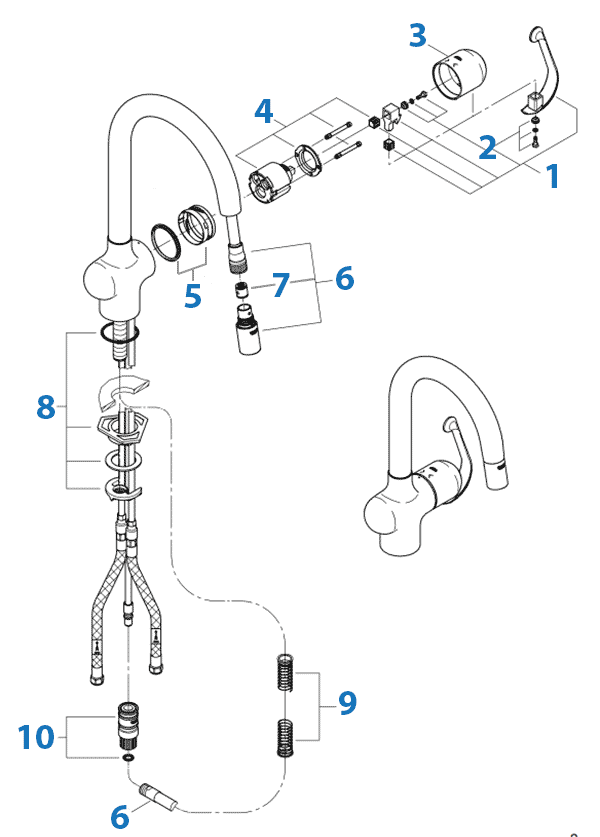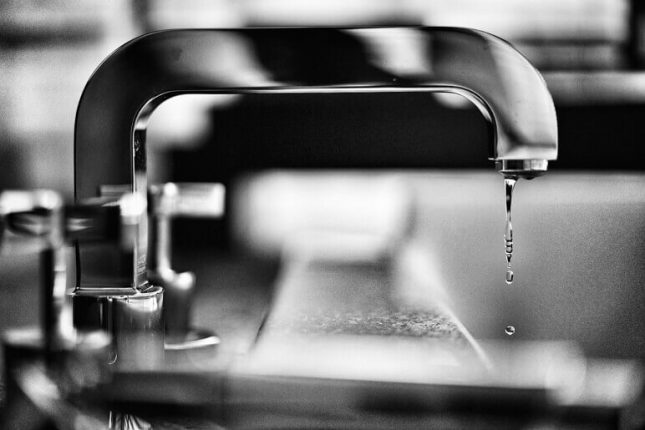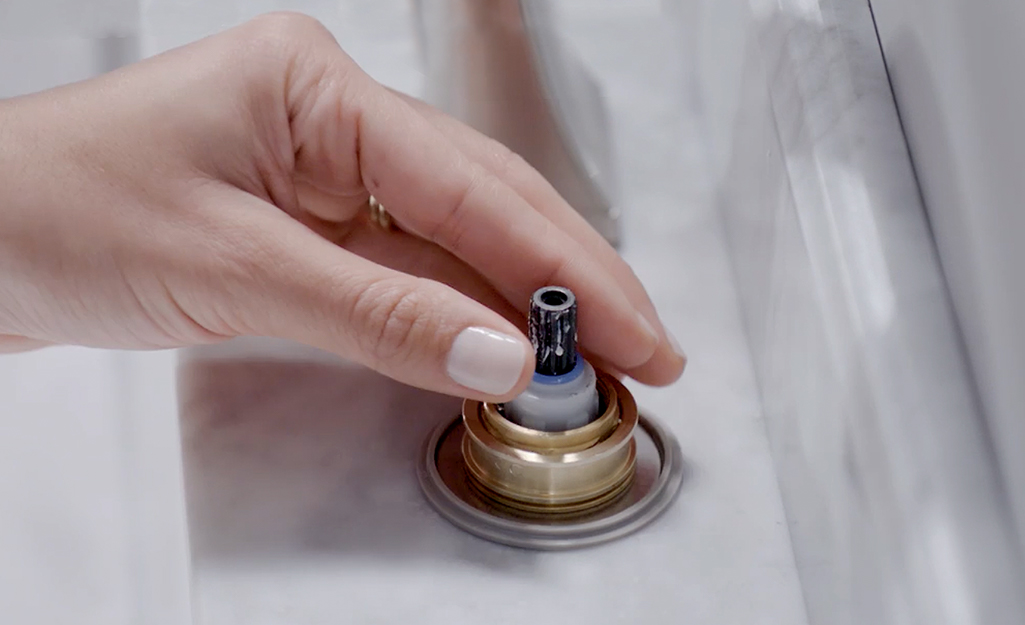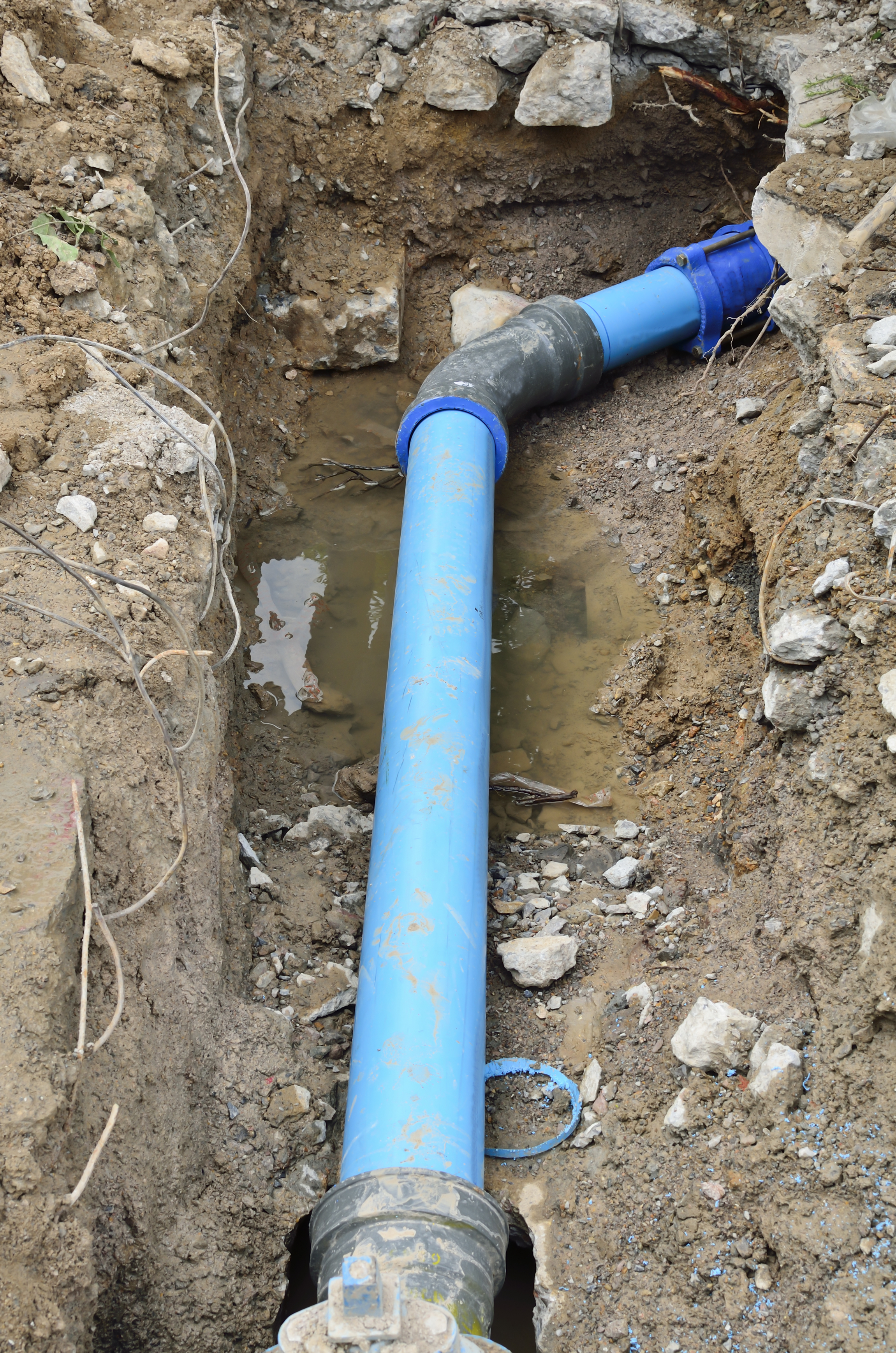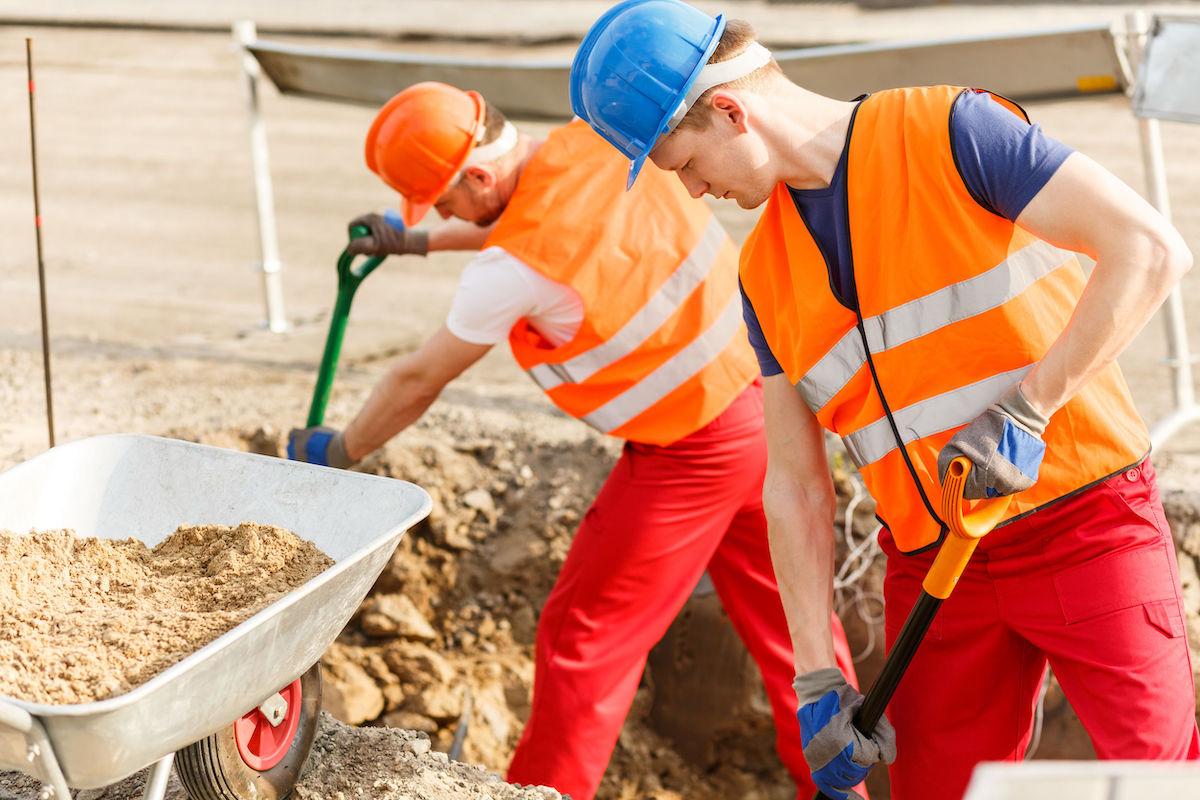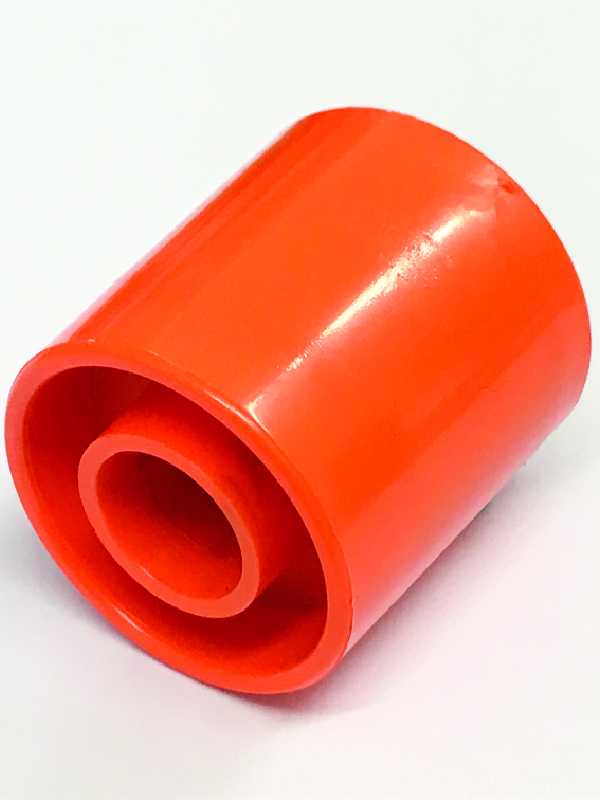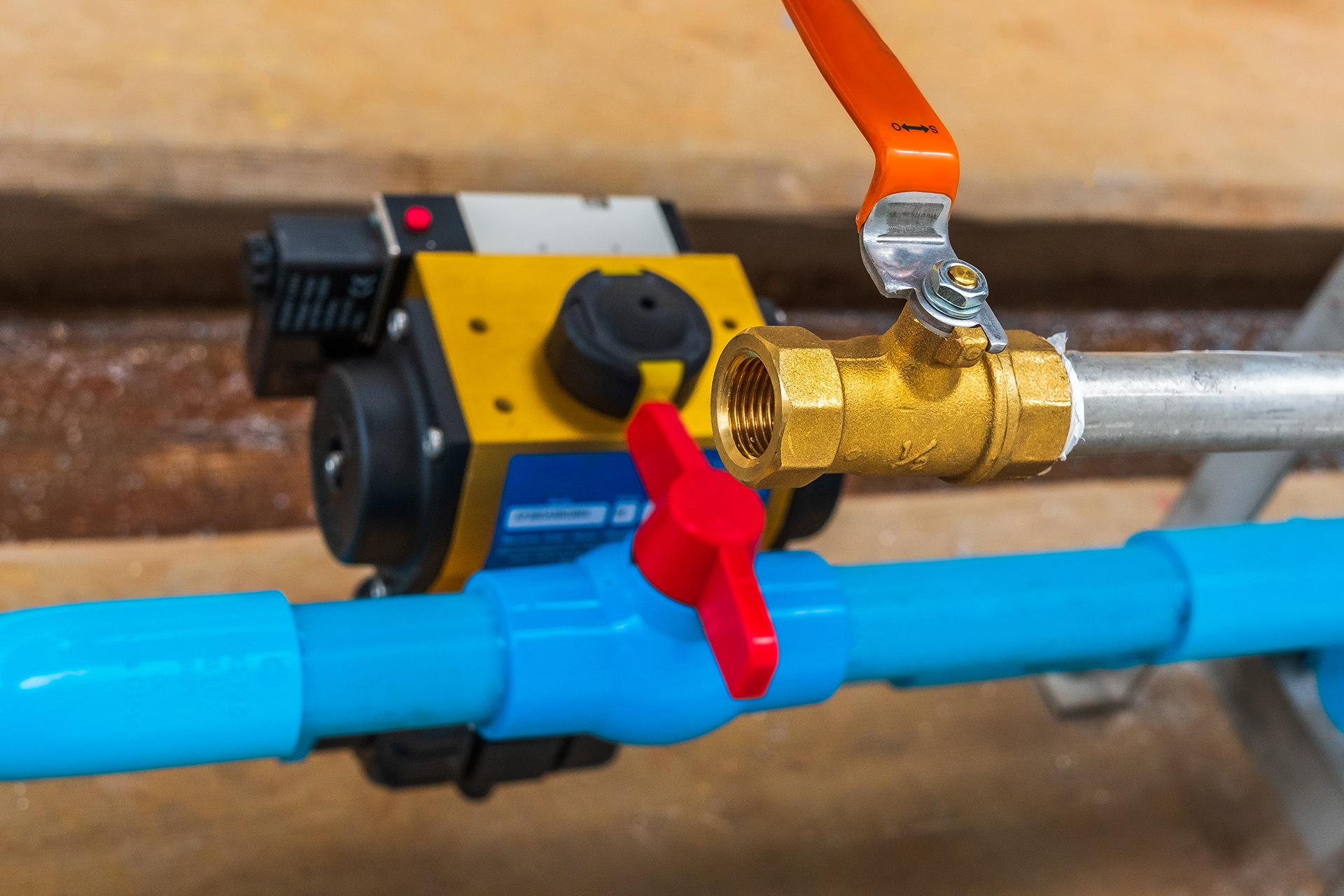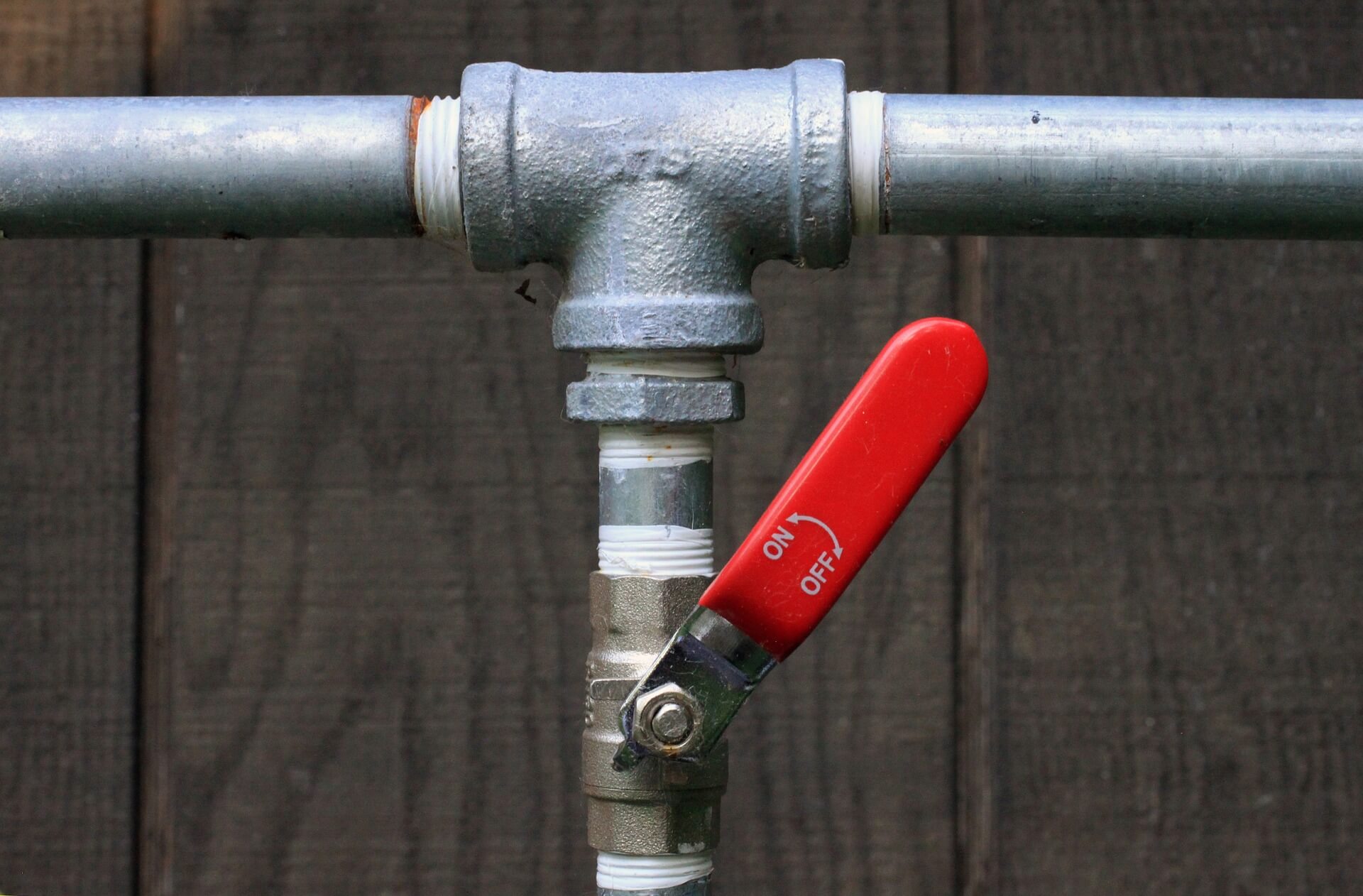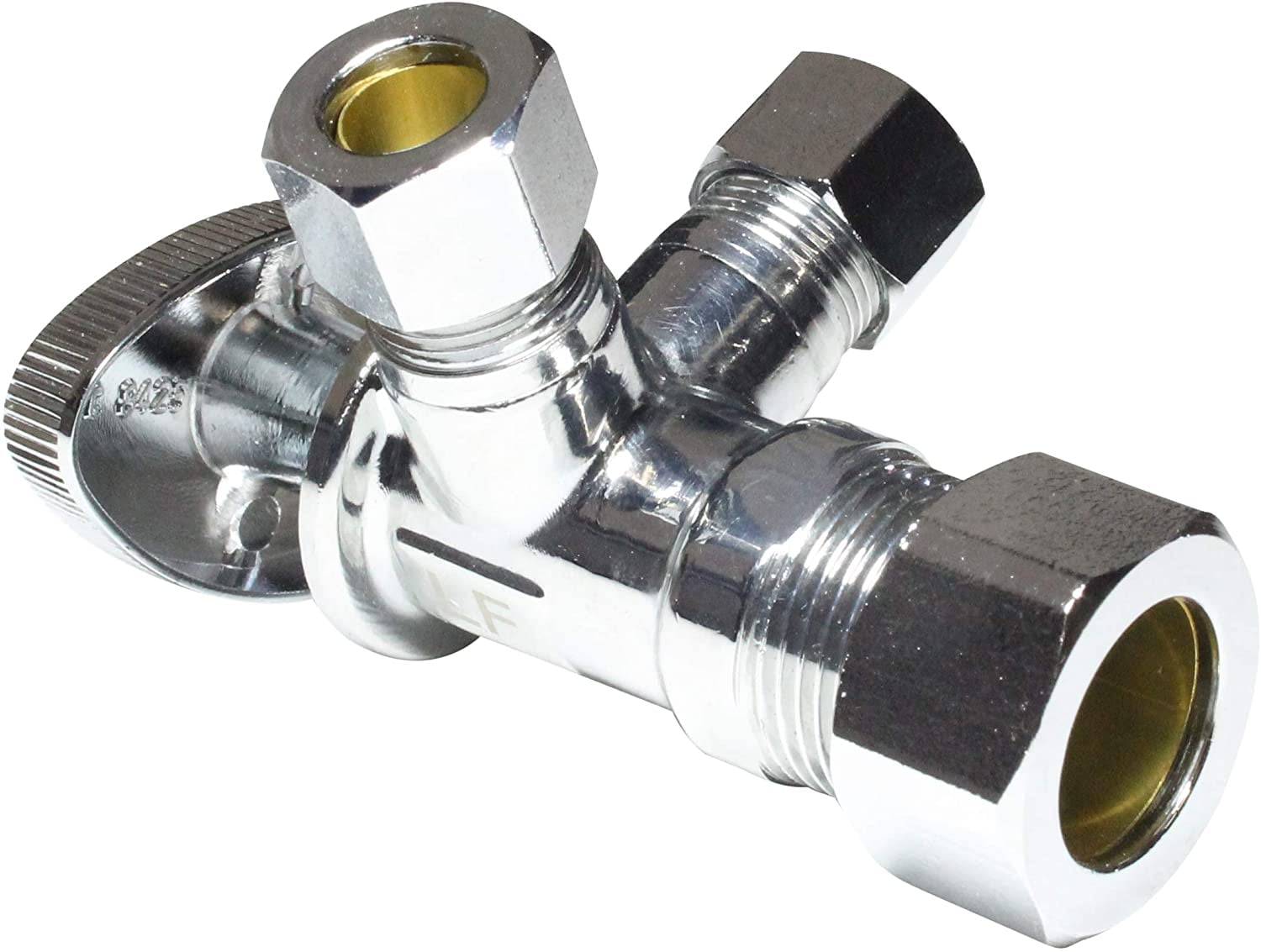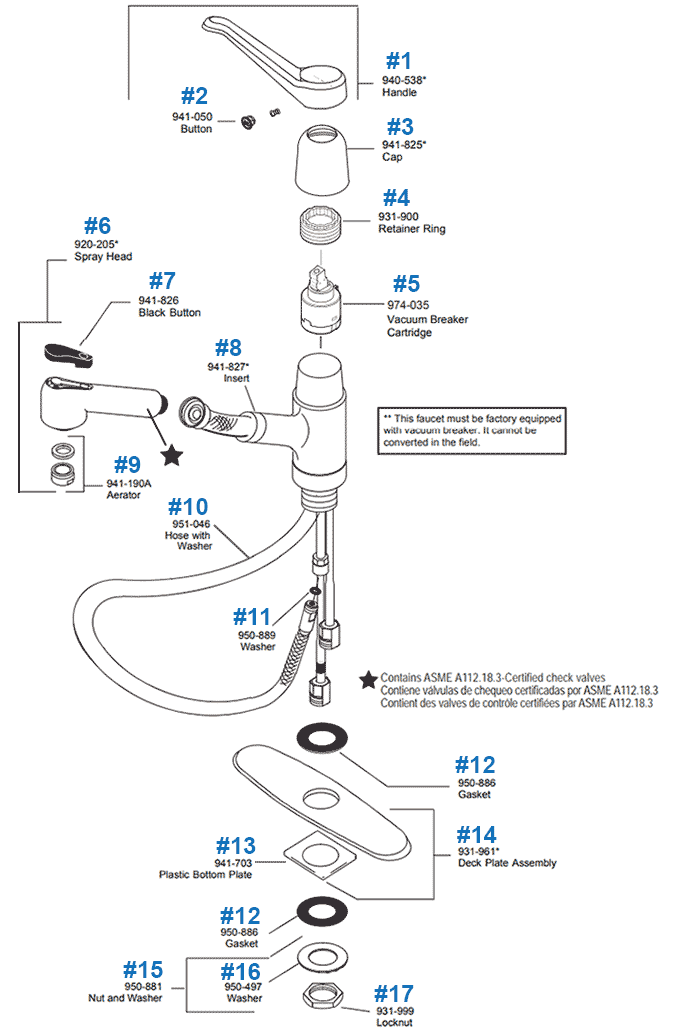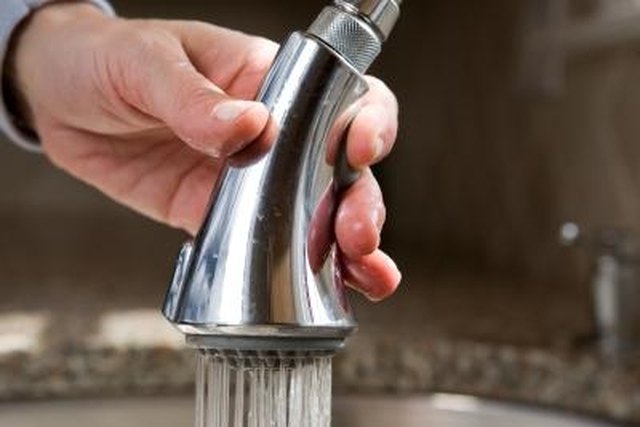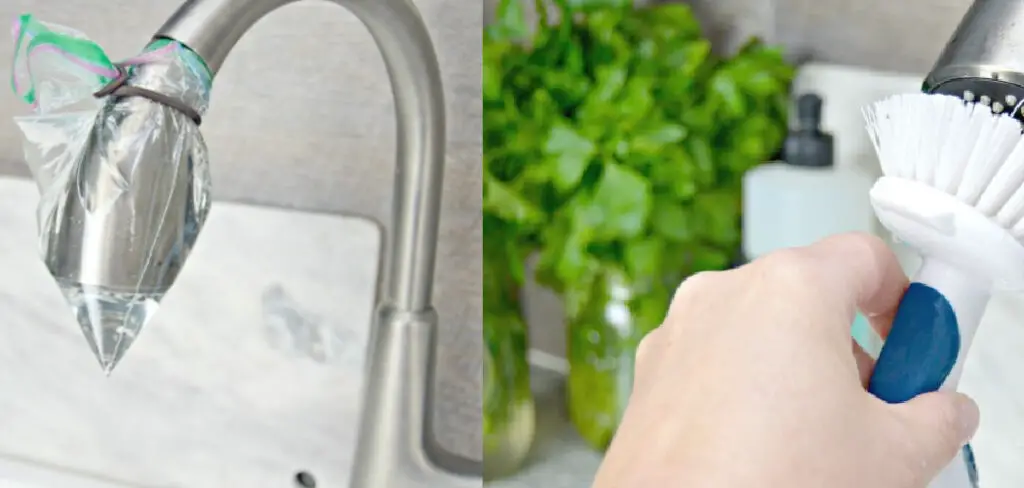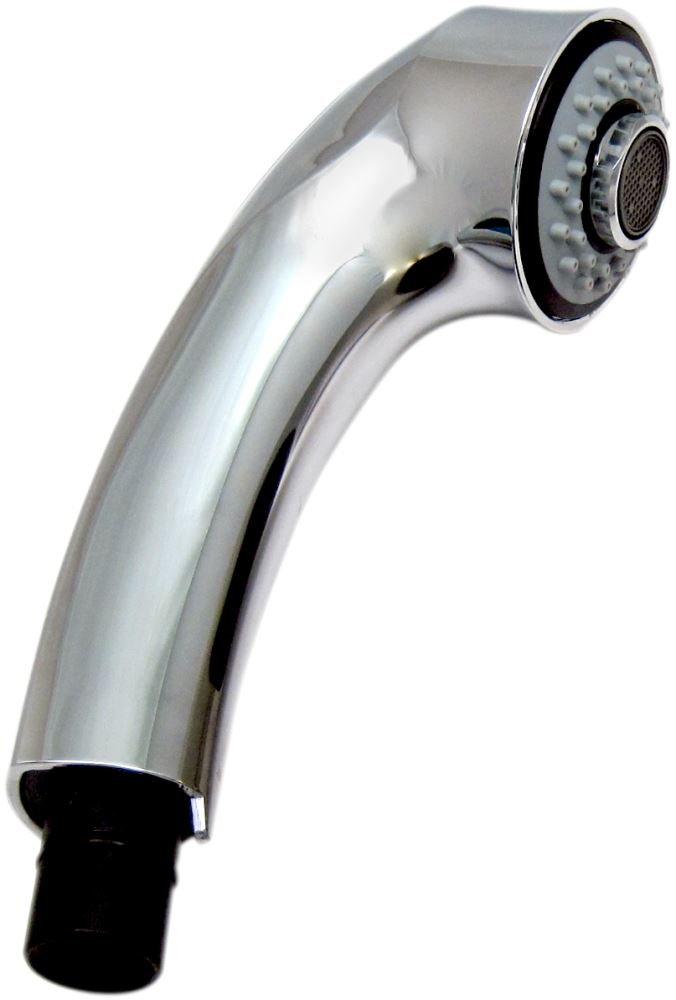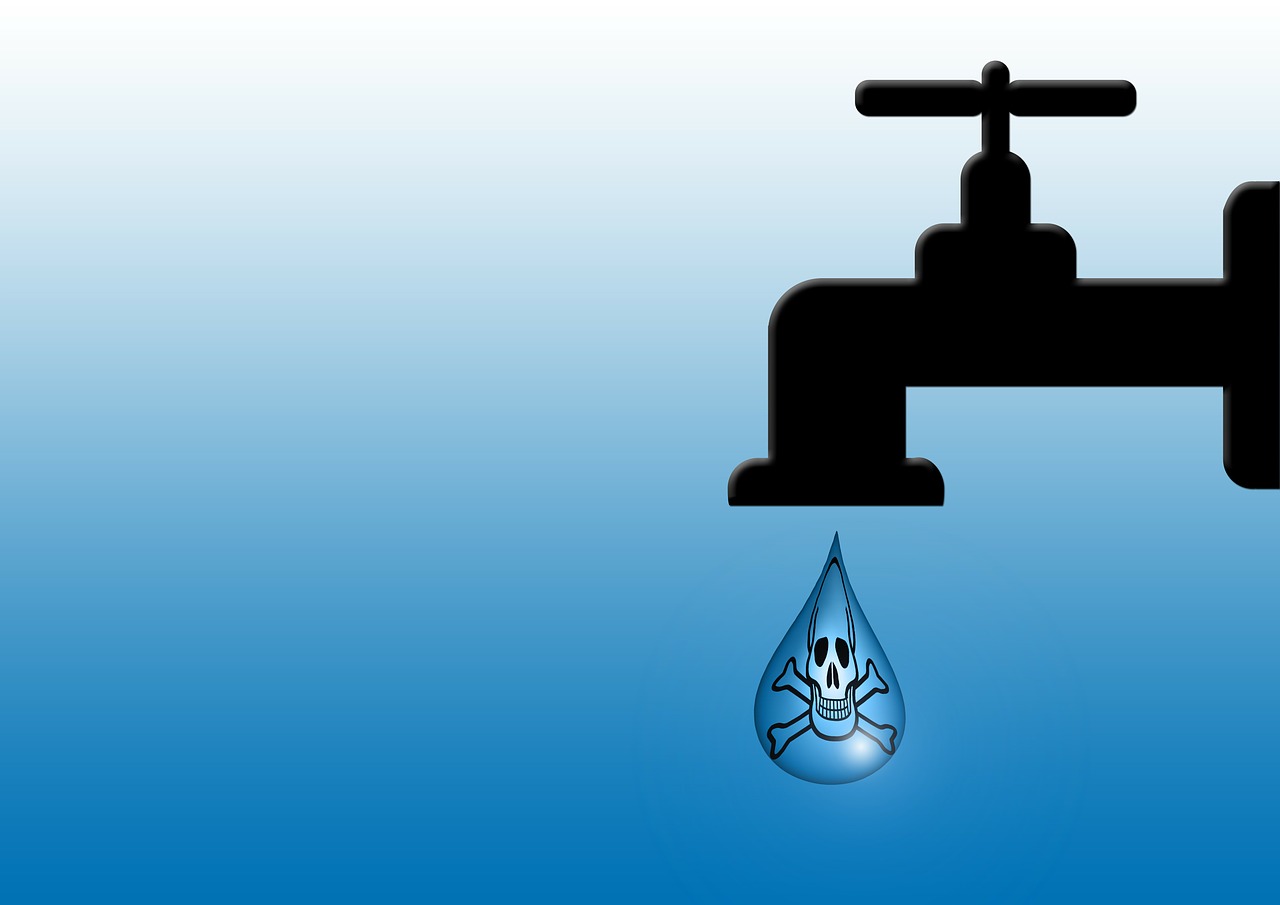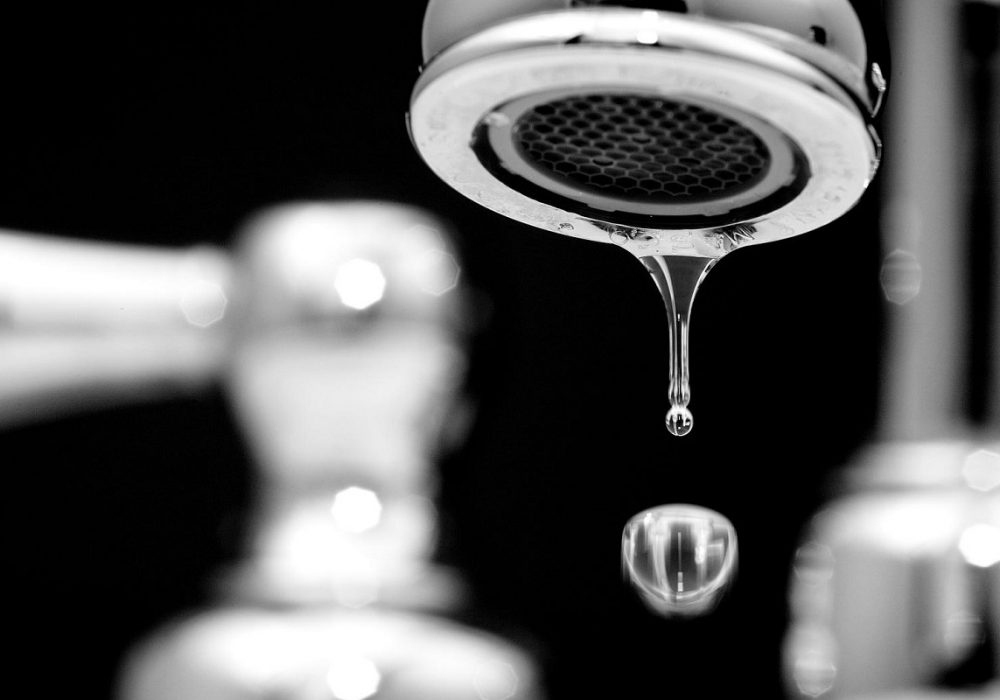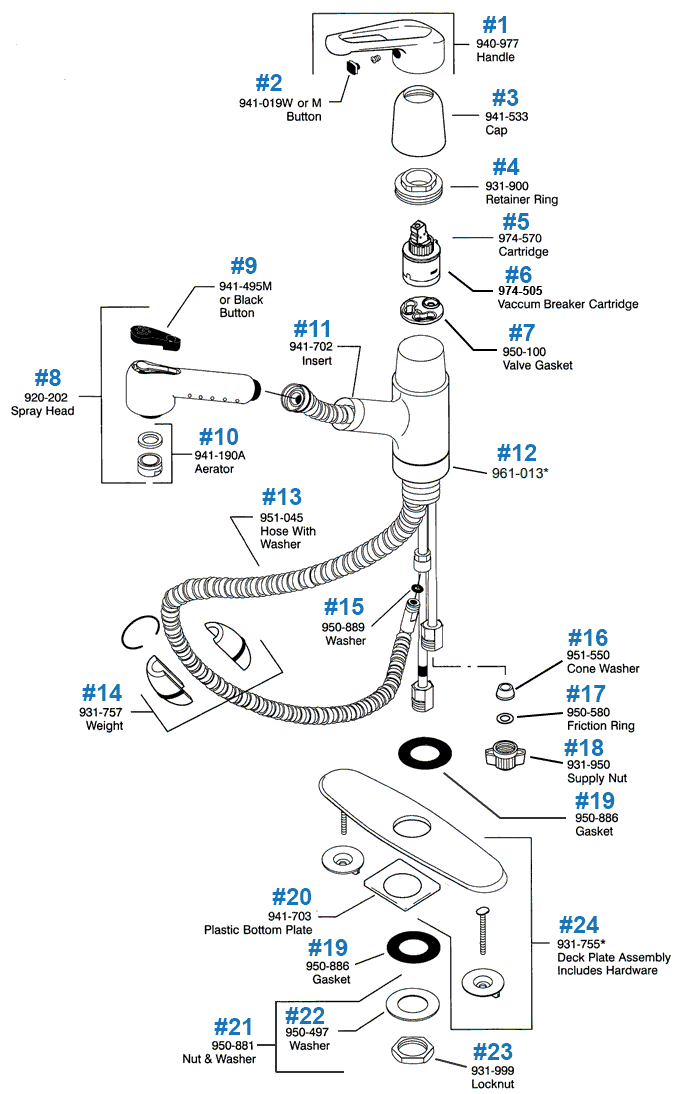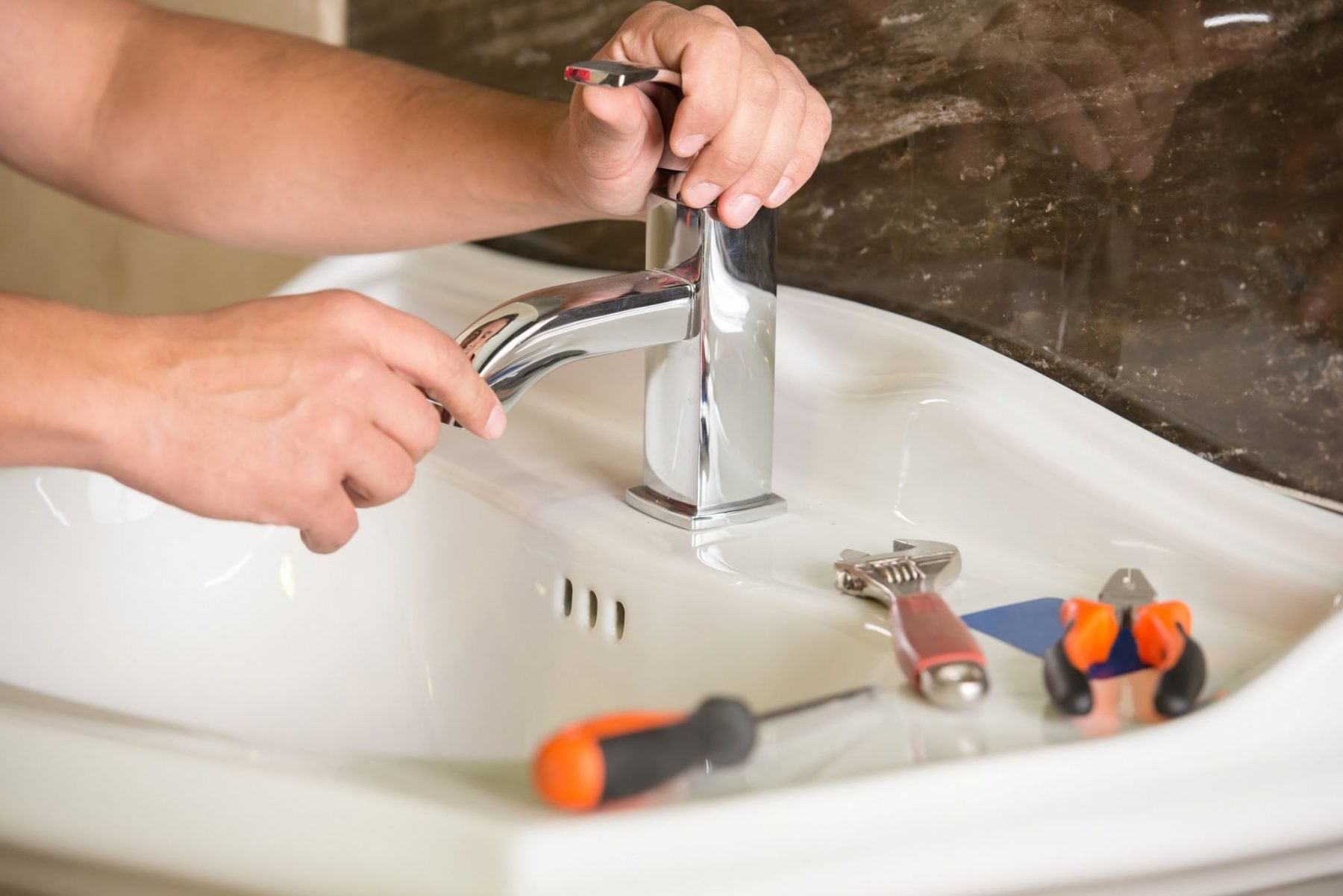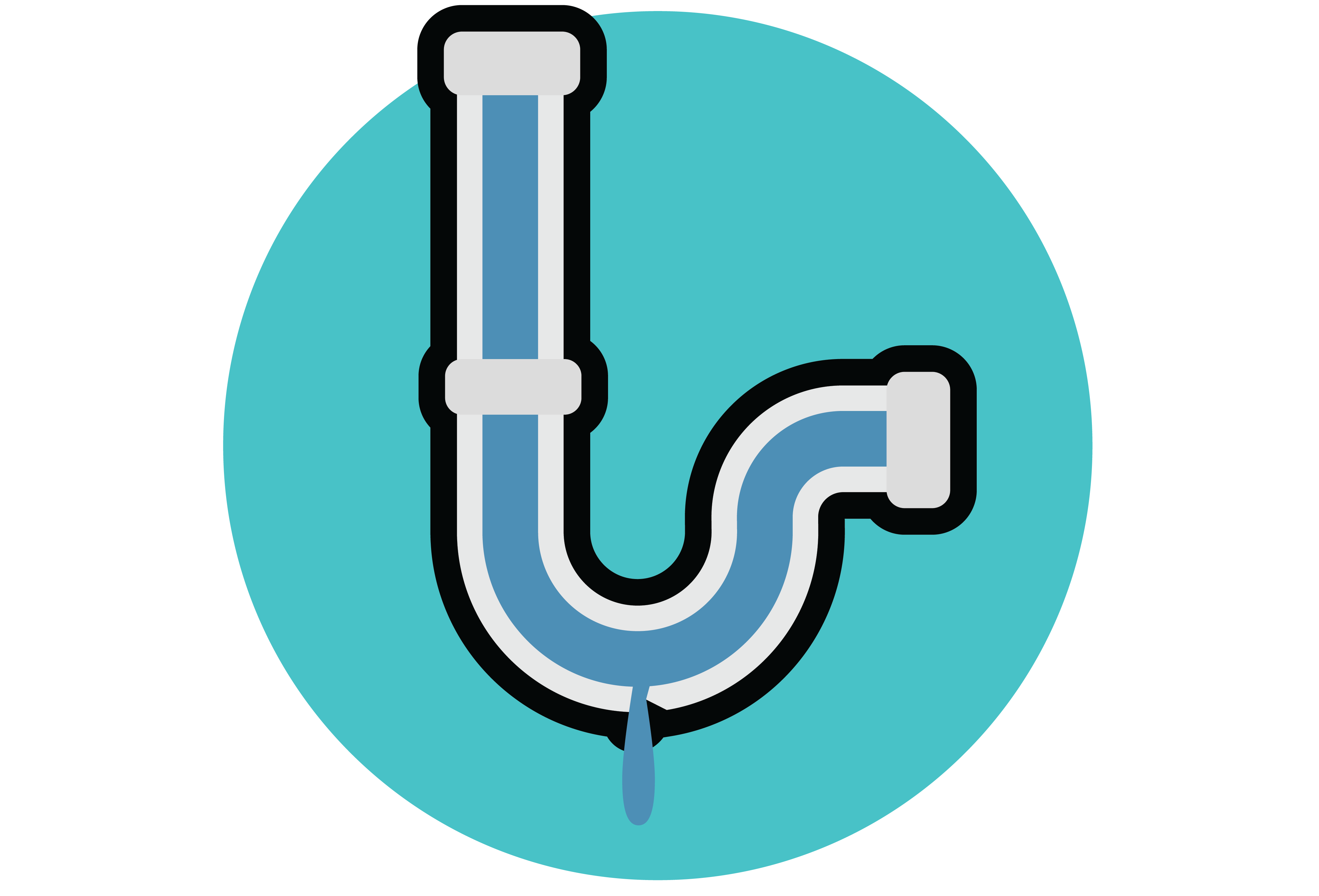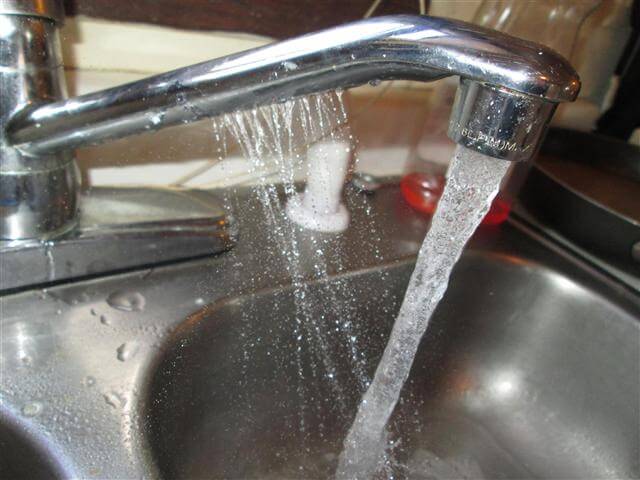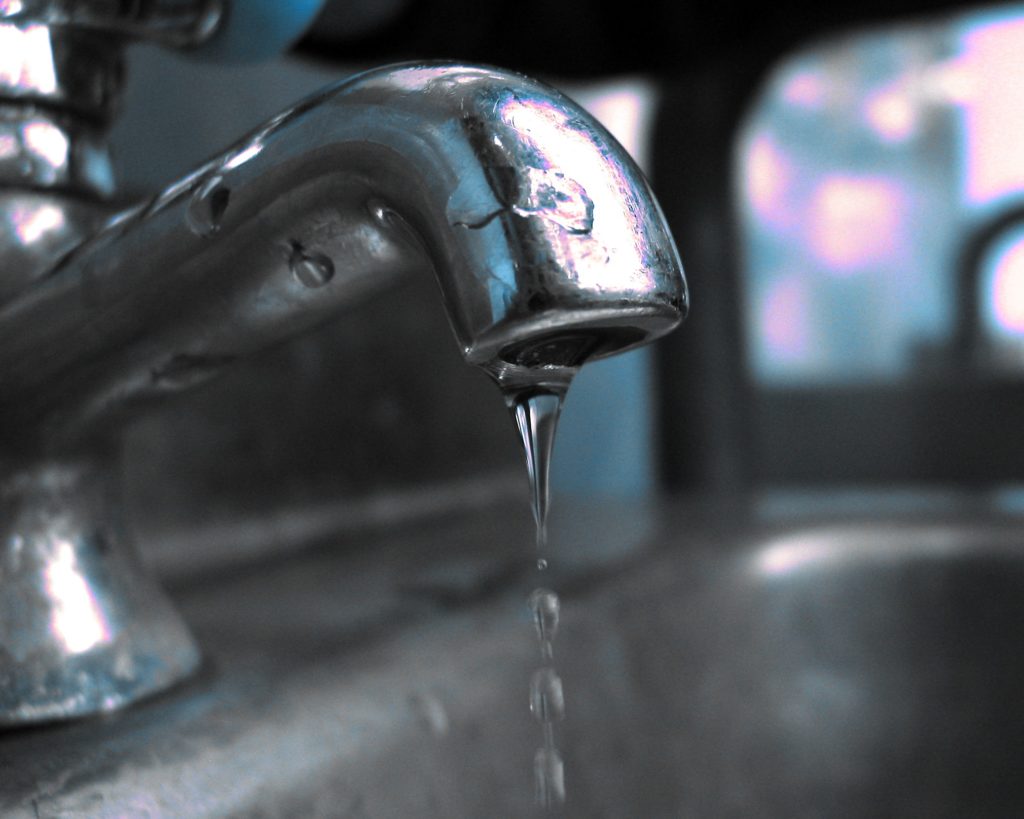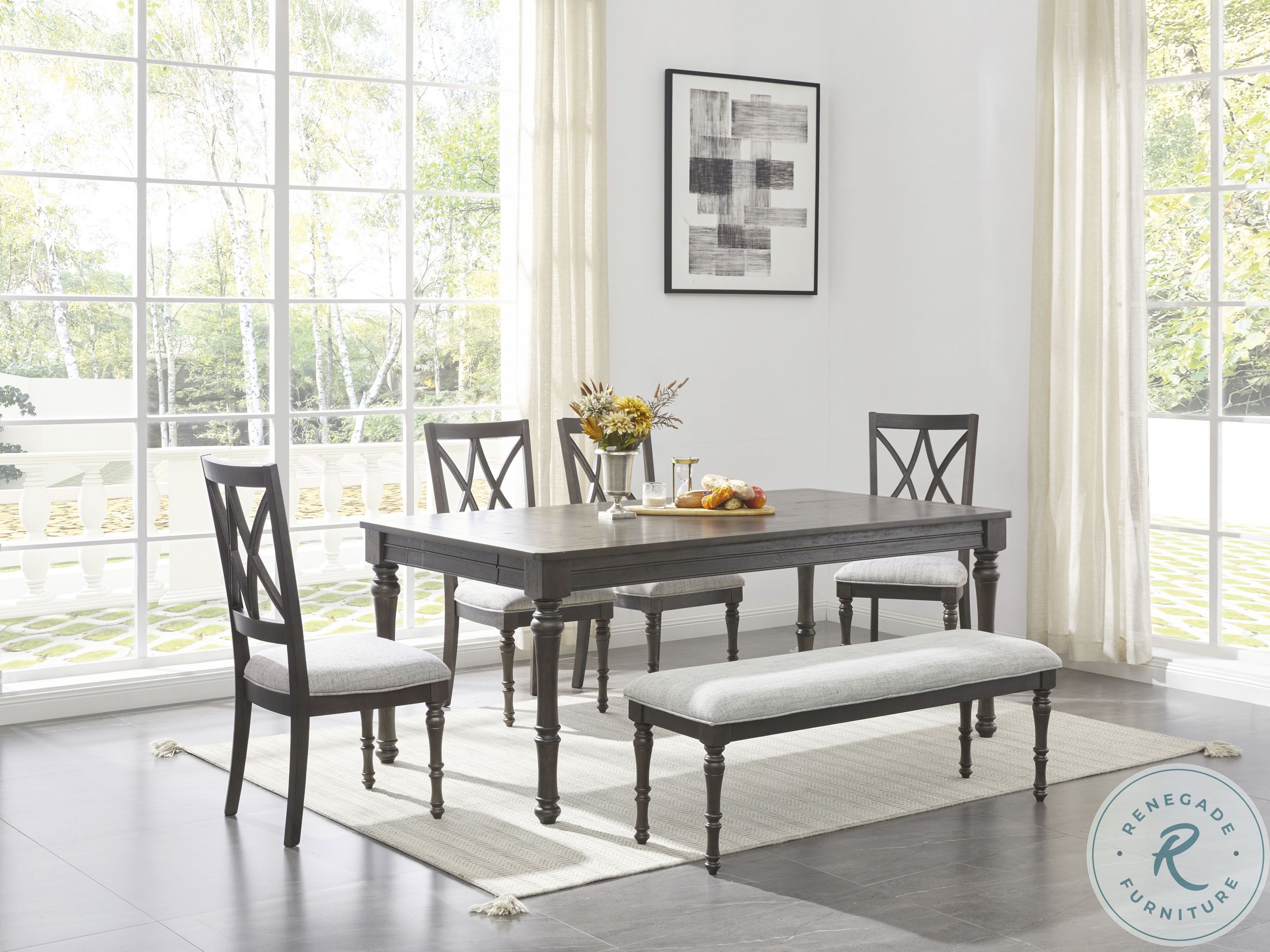If your kitchen sink faucet is experiencing low water pressure, the first thing you should do is check the aerator. This small mesh piece at the end of your faucet can become clogged with mineral deposits and debris over time, blocking the flow of water. To check the aerator, unscrew it from the faucet head and rinse it with warm water. If the aerator is too clogged to be cleaned, it may need to be replaced.Check the aerator
Another potential cause of low water pressure in your kitchen sink faucet is a problem with the water supply. If you have recently had work done on your plumbing or experienced a water outage, it's possible that air may have become trapped in the pipes, causing low water pressure. To fix this, turn off the water supply to your house and then turn it back on. This will help to flush out any air bubbles and restore normal water pressure.Check the water supply
If the water pressure in your entire house seems to be low, it may be an issue with your water pressure regulator. This device controls the flow of water into your home and can sometimes malfunction, leading to low water pressure. You can check your water pressure by using a pressure gauge on your hose bib or by contacting your water company for a pressure reading. If the pressure is too low, you may need to have your regulator adjusted or replaced.Check the water pressure
The cartridge in your kitchen sink faucet is responsible for controlling the flow and temperature of water. Over time, this part can become worn or clogged, leading to low water pressure. To check the faucet cartridge, turn off the water supply to your faucet and remove the handle and cartridge. Clean the cartridge and replace it if it appears damaged or worn. Reassemble the faucet and test the water pressure.Check the faucet cartridge
If you have checked the aerator, water supply, and faucet cartridge and still have low water pressure, it's possible that there is a problem with your water lines. A leak or blockage in the water lines can cause a decrease in water pressure. You can check for leaks by inspecting the visible water lines under your sink and looking for any signs of water. If you suspect a blockage, you may need to call a plumber to investigate and fix the issue.Check the water lines
There are usually two shut-off valves under the sink for the hot and cold water supply. If these valves are not fully open, it can cause low water pressure in your kitchen sink faucet. Make sure to check that the valves are fully open and not partially closed. If they are partially closed, simply turn them to the fully open position to restore normal water pressure.Check the shut-off valves
Over time, mineral deposits and debris can build up in the faucet head, causing low water pressure. To clean the faucet head, you can soak it in a mixture of equal parts vinegar and water for an hour or two. Then, scrub the head with an old toothbrush and rinse it with warm water. This should help to remove any buildup and improve water flow.Clean the faucet head
If cleaning the faucet head does not improve the water pressure, it may be time to replace it. Faucet heads can become worn over time, leading to low water pressure. You can purchase a new faucet head from a hardware store and easily replace it yourself. Just make sure to choose a head that is compatible with your faucet.Replace the faucet head
In some cases, there may be a clog in the faucet itself, causing low water pressure. To check for a clog, remove the faucet head and use a small wire or toothpick to clean out any debris or buildup inside the faucet. Then, reattach the head and test the water pressure. If the clog persists, you may need to call a plumber for further assistance.Check for clogs in the faucet
Finally, if you have checked all other potential causes and still have low water pressure, it's possible that there is a leak in your faucet. A leak can significantly decrease water pressure and also waste a lot of water. To check for a leak, turn off the water supply to your faucet and observe if water continues to drip from the faucet. If it does, you may need to replace some of the internal parts or call a professional for help. If you have been experiencing low water pressure in your kitchen sink faucet, use these tips to troubleshoot and fix the issue. By checking the aerator, water supply, water pressure, faucet cartridge, water lines, shut-off valves, and faucet head, you can determine the cause of the low pressure and take the necessary steps to restore normal water flow. If you are unsure or unable to fix the problem yourself, don't hesitate to call a professional plumber for assistance.Check for leaks in the faucet
The Importance of Proper Water Pressure in Your Kitchen Sink
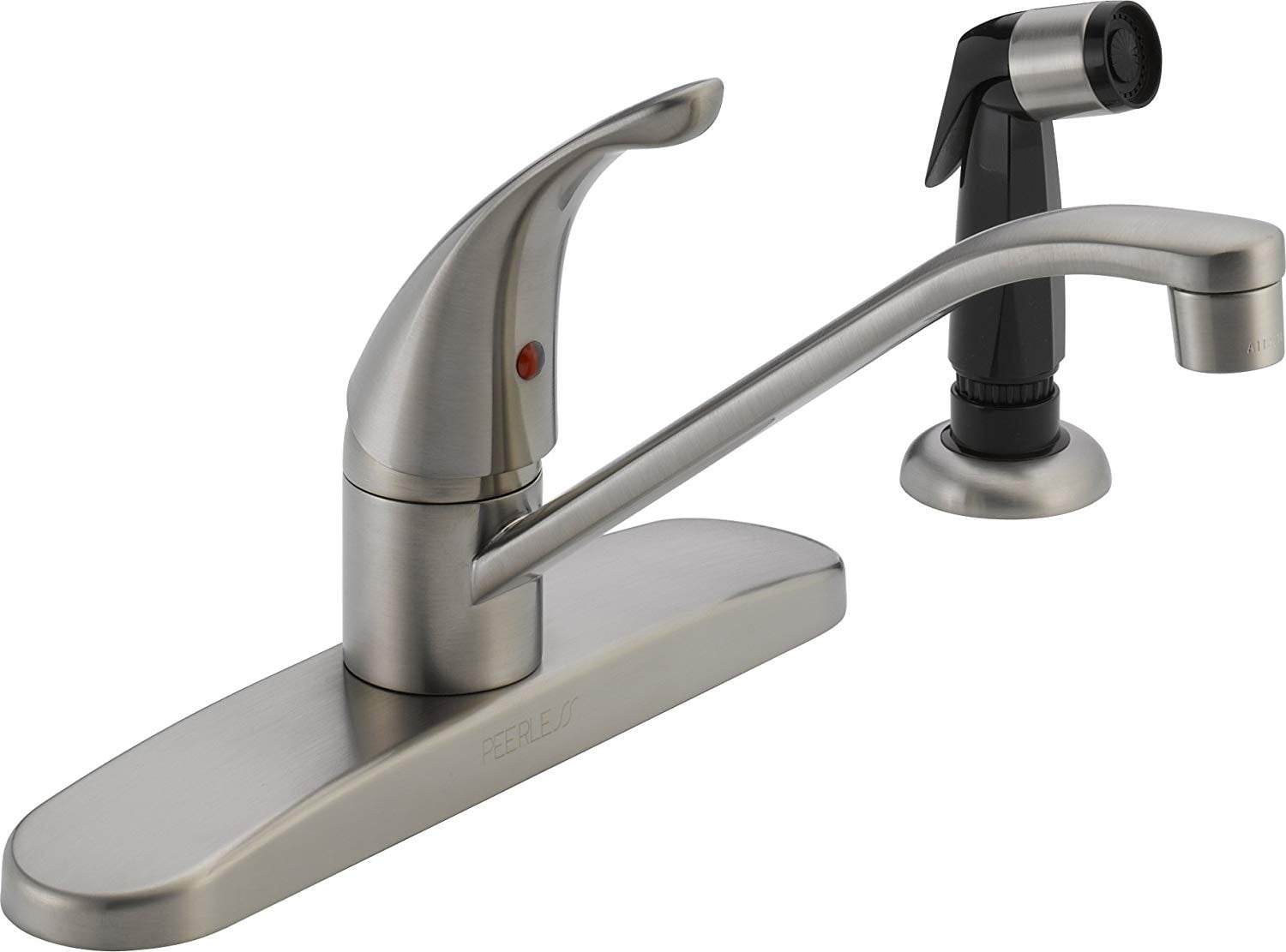
Understanding the Issue of Low Water Pressure
 When it comes to designing your dream kitchen, the last thing you want to deal with is a
kitchen sink faucet with low pressure
. This common issue can be frustrating and inconvenient, making simple tasks like washing dishes or filling up a pot take much longer than necessary.
Low water pressure in your kitchen sink can be caused by a variety of factors, such as clogged pipes, a faulty faucet, or even issues with your home's water supply. However, regardless of the cause, it is important to address and fix this issue as soon as possible to ensure the functionality and efficiency of your kitchen.
When it comes to designing your dream kitchen, the last thing you want to deal with is a
kitchen sink faucet with low pressure
. This common issue can be frustrating and inconvenient, making simple tasks like washing dishes or filling up a pot take much longer than necessary.
Low water pressure in your kitchen sink can be caused by a variety of factors, such as clogged pipes, a faulty faucet, or even issues with your home's water supply. However, regardless of the cause, it is important to address and fix this issue as soon as possible to ensure the functionality and efficiency of your kitchen.
The Negative Effects of Low Water Pressure
 Aside from the inconvenience, low water pressure in your kitchen sink can also have negative effects on your overall house design. For instance, if you have a big family or regularly host guests, a
low flow
in your kitchen sink can lead to longer wait times and even conflicts over who gets to use the sink first. This can greatly affect the flow and productivity in your kitchen, making it difficult to prepare meals and causing unnecessary stress.
Moreover, low water pressure can also affect the effectiveness of your kitchen appliances. For example, your dishwasher may not be able to properly clean your dishes or your garbage disposal may not work efficiently. This can lead to more water and energy usage, which not only increases your utility bills but also has a negative impact on the environment.
Aside from the inconvenience, low water pressure in your kitchen sink can also have negative effects on your overall house design. For instance, if you have a big family or regularly host guests, a
low flow
in your kitchen sink can lead to longer wait times and even conflicts over who gets to use the sink first. This can greatly affect the flow and productivity in your kitchen, making it difficult to prepare meals and causing unnecessary stress.
Moreover, low water pressure can also affect the effectiveness of your kitchen appliances. For example, your dishwasher may not be able to properly clean your dishes or your garbage disposal may not work efficiently. This can lead to more water and energy usage, which not only increases your utility bills but also has a negative impact on the environment.
The Solution: Addressing the Issue of Low Water Pressure
 To ensure a well-designed and fully functional kitchen, it is important to address the issue of
low water pressure in your kitchen sink
. The first step is to determine the cause of the issue. If it is a clog or build-up in your pipes, a professional plumber can help clear it out and restore proper water flow. If the issue lies with your faucet, it may need to be replaced with a new one.
Another solution is to install a
pressure booster
or a
water pressure regulator
in your home's main water line. These devices can help increase the water pressure in your kitchen sink, as well as throughout your entire house, to ensure consistent and adequate water flow.
In conclusion, low water pressure in your kitchen sink may seem like a minor inconvenience, but it can have a significant impact on your overall house design and daily life. By addressing and fixing this issue, you can ensure a functional and efficient kitchen, making your daily tasks much easier and more enjoyable.
To ensure a well-designed and fully functional kitchen, it is important to address the issue of
low water pressure in your kitchen sink
. The first step is to determine the cause of the issue. If it is a clog or build-up in your pipes, a professional plumber can help clear it out and restore proper water flow. If the issue lies with your faucet, it may need to be replaced with a new one.
Another solution is to install a
pressure booster
or a
water pressure regulator
in your home's main water line. These devices can help increase the water pressure in your kitchen sink, as well as throughout your entire house, to ensure consistent and adequate water flow.
In conclusion, low water pressure in your kitchen sink may seem like a minor inconvenience, but it can have a significant impact on your overall house design and daily life. By addressing and fixing this issue, you can ensure a functional and efficient kitchen, making your daily tasks much easier and more enjoyable.


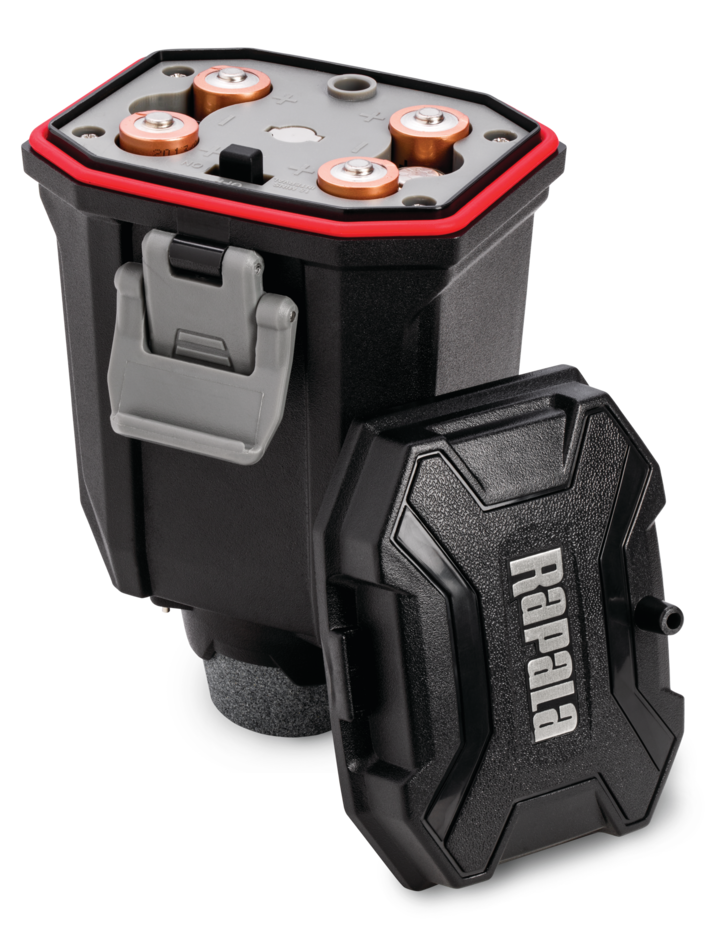







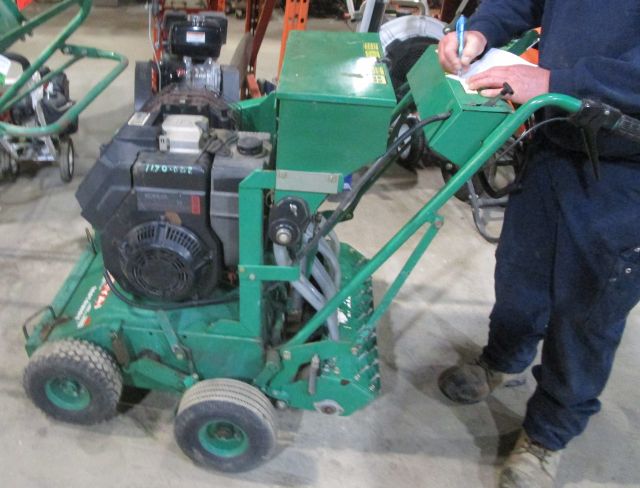
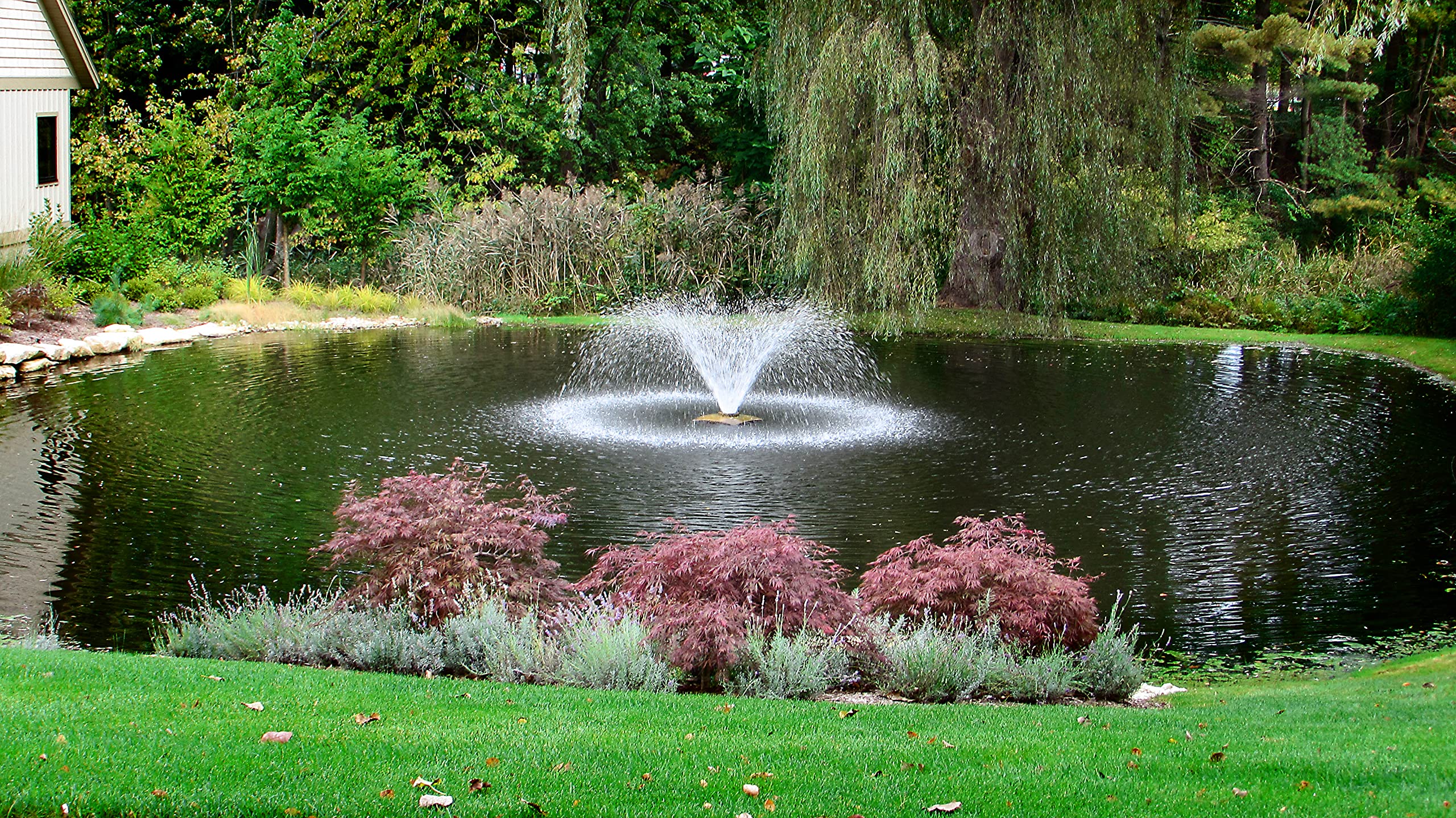

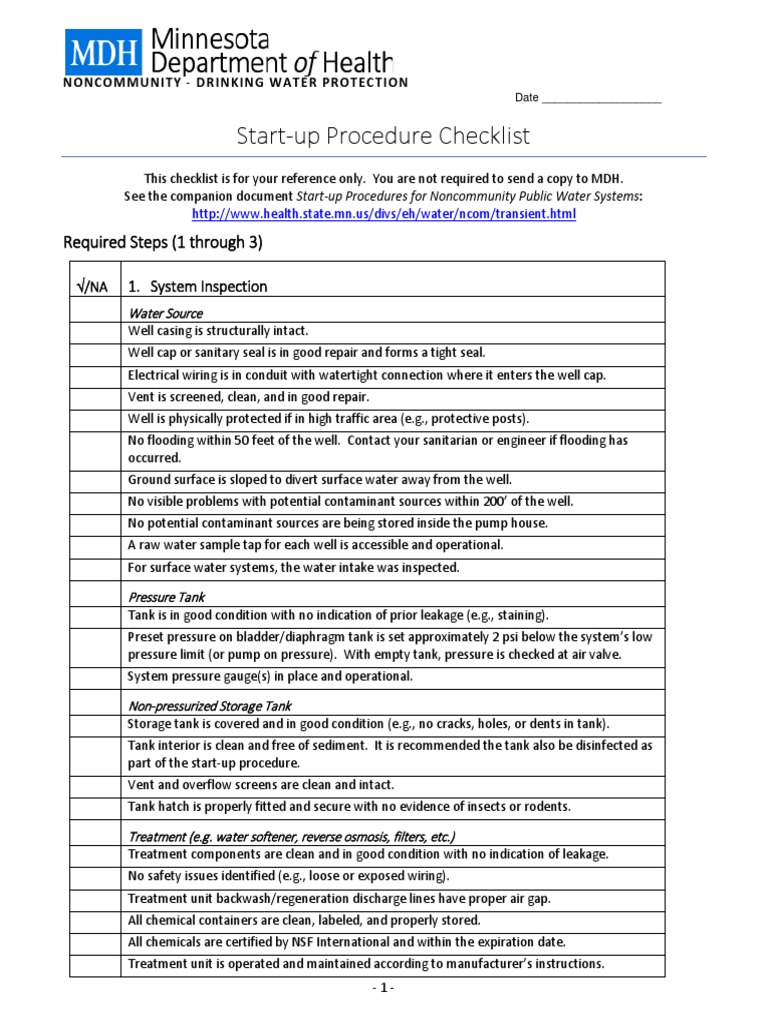

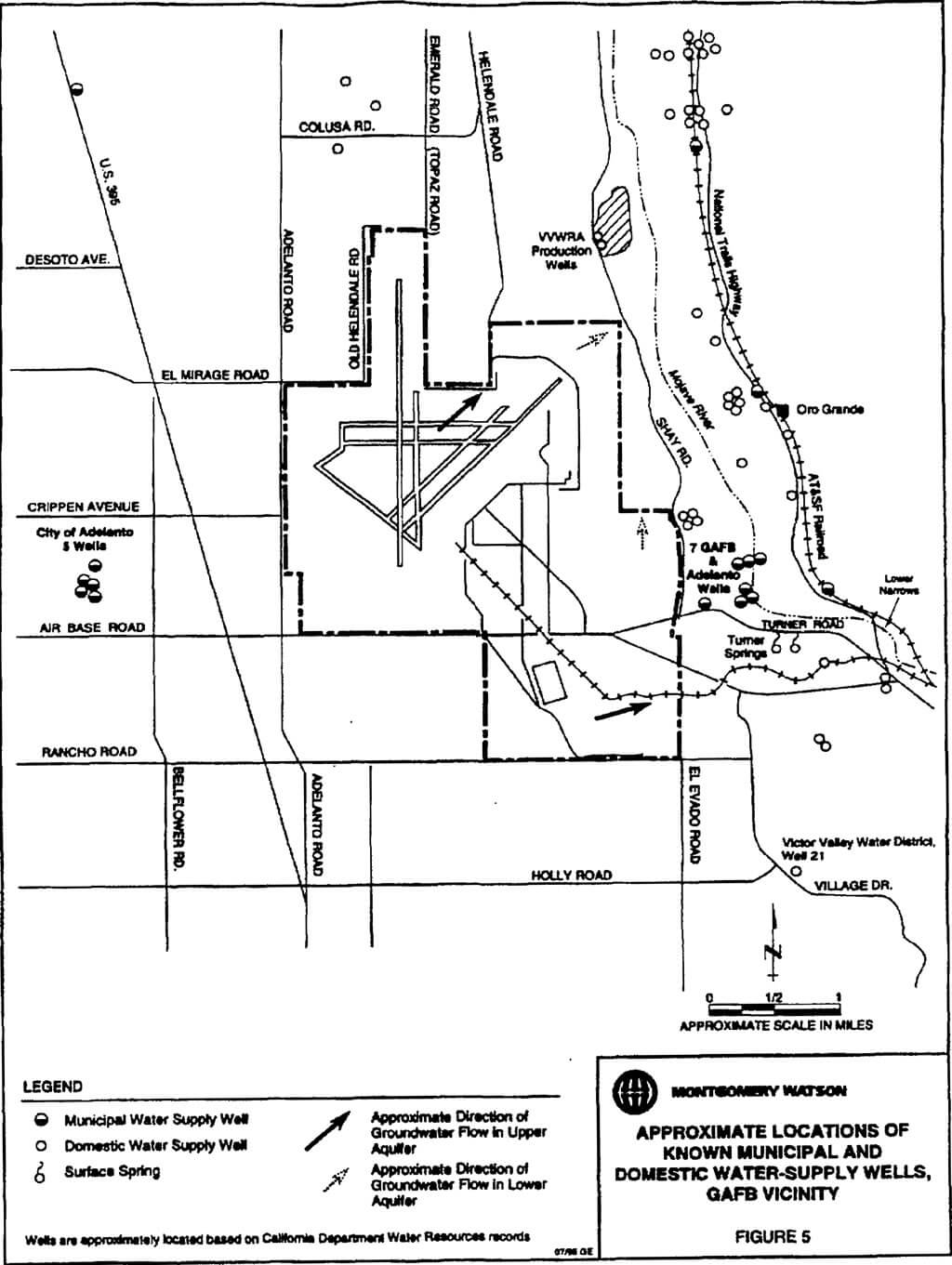
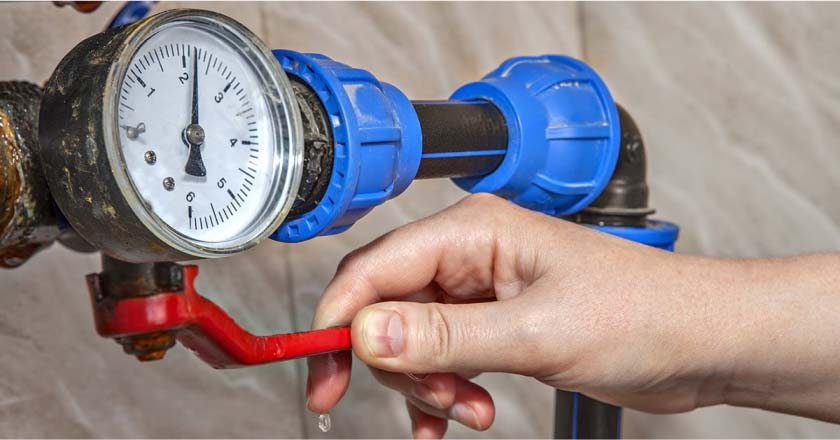
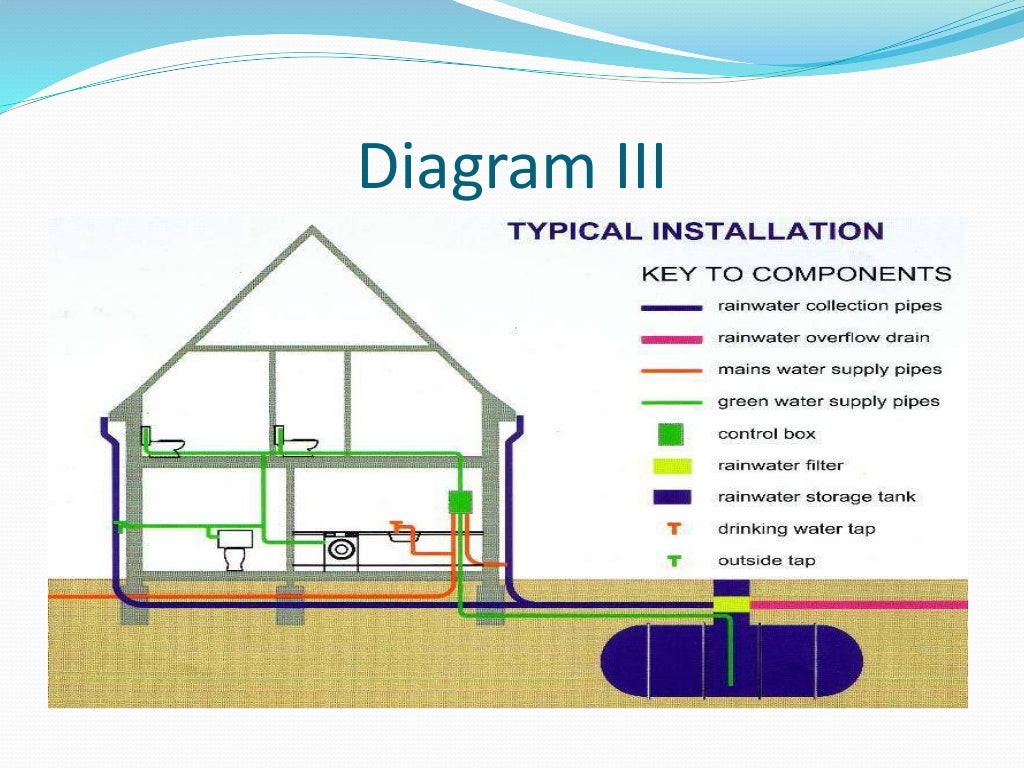


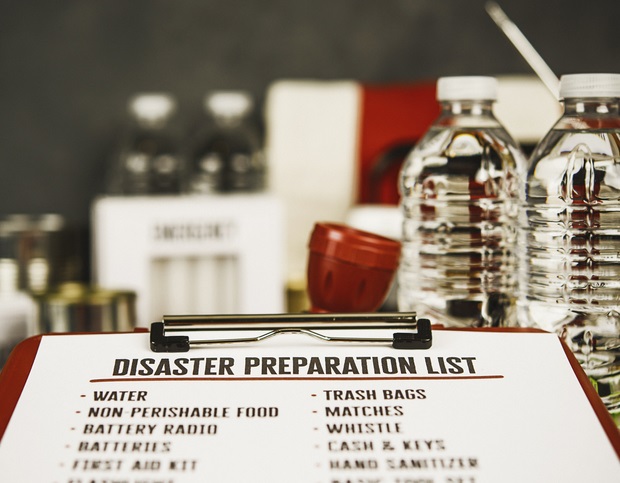


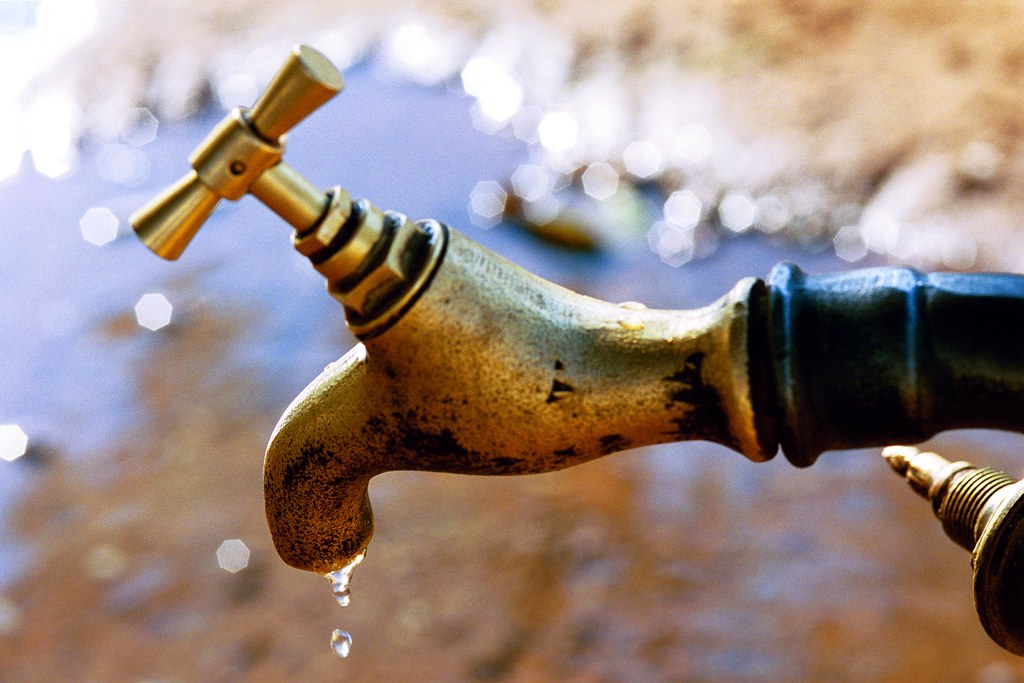

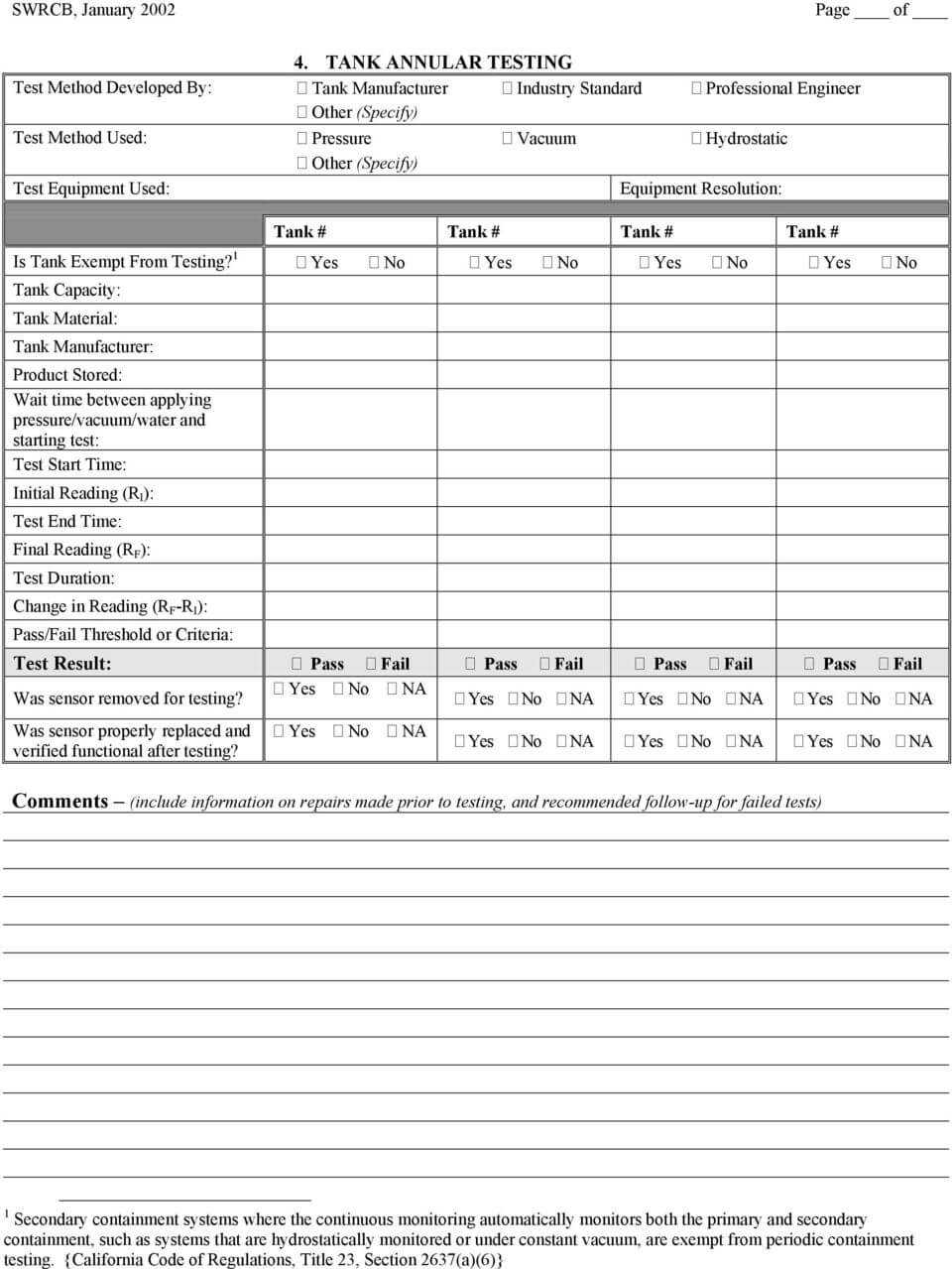
/93097679-56a73c295f9b58b7d0e81657.jpg)
/testing-water-pressure-in-your-home-2718692-hero-98f45508ca5d44b6b551034ac5cedab5.jpg)
:max_bytes(150000):strip_icc()/testing-water-pressure-in-your-home-2718692-04-c37ab3236d0d4b61b87079ebf9ef823e-c1e1ef0104fb44778a287bd9bb5ec140.jpeg)
:max_bytes(150000):strip_icc()/the-men-s-hand-opens-the-ball-valve-on-the-collector-1006810456-5c5fc73fc9e77c000159c4af.jpg)

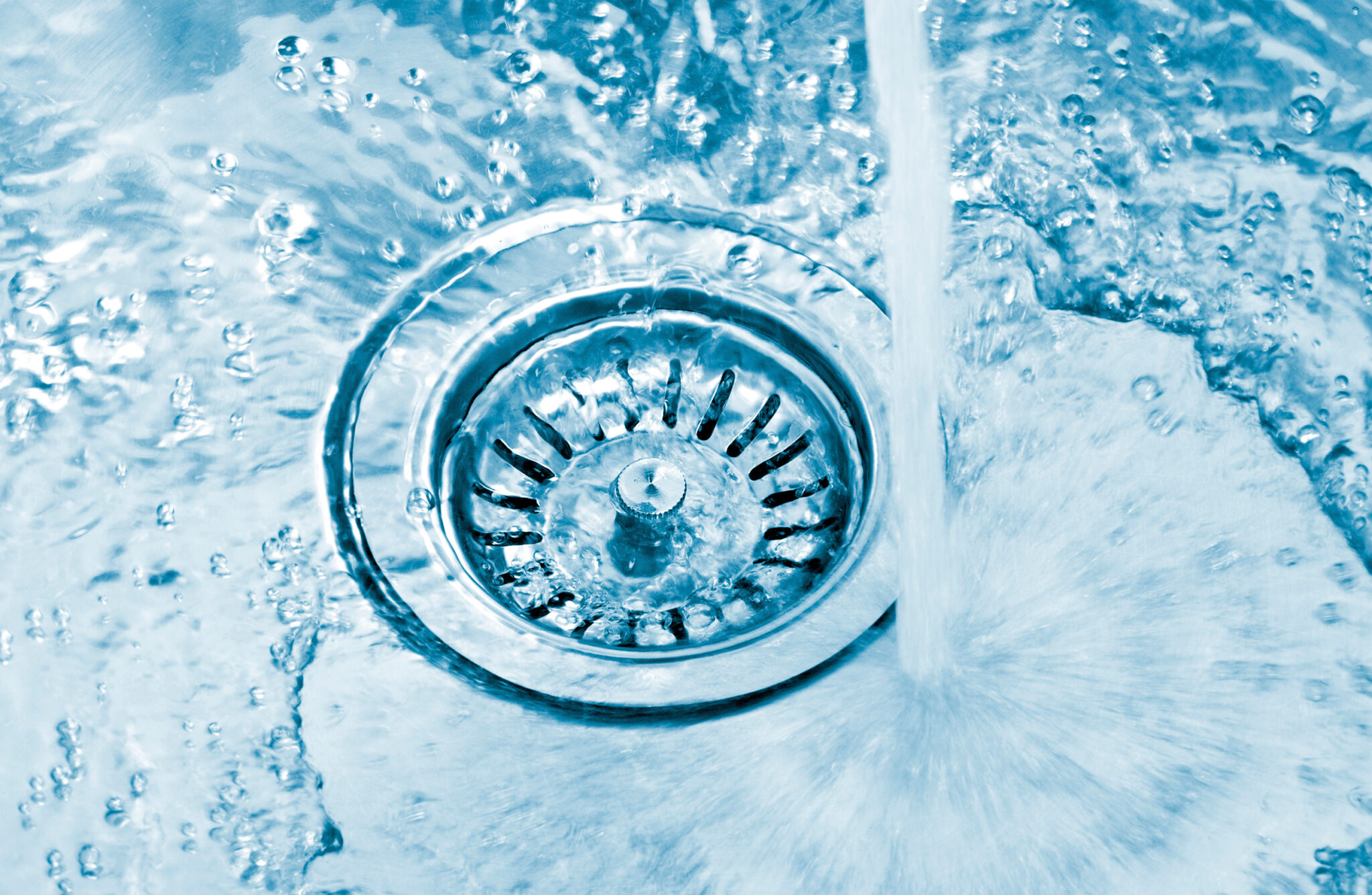
/JodiJacobson-waterpressure-5b9bf850c9e77c0050a2d8aa.jpg)
